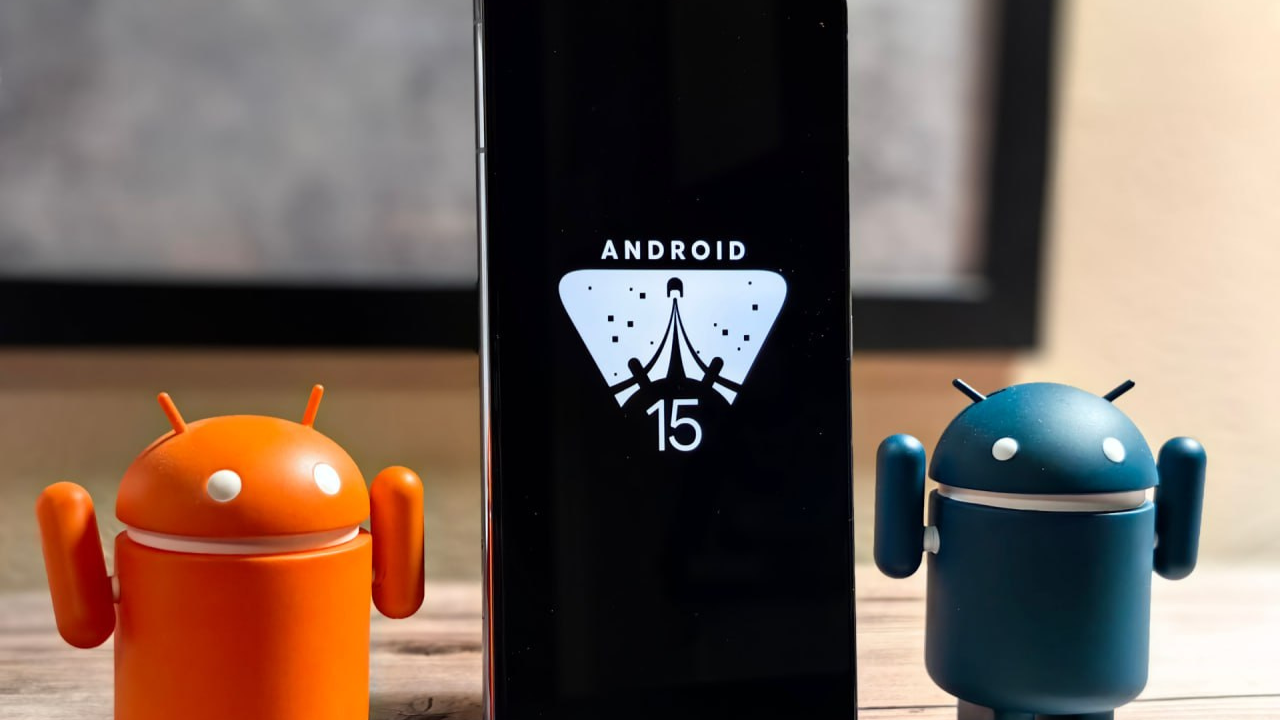Key Points:
- Android 15 may introduce a feature allowing users to control their phone’s media output from a paired smartwatch running Wear OS.
- Currently, Wear OS lacks a media output switcher, necessitating phone interaction for changing audio output devices.
- The new feature, enabled by granting companion apps the MEDIA_ROUTING_CONTROL permission, promises seamless control of audio output from the wrist.
Android 15 can speed up the user experience for those who have an Android device as well as a Pixel Watch in their arsenal. Users likely won’t be waiting for a new feature update to compare to what already exists in controlling media between devices, including the ability to manage their phone’s media playback directly from their wrist.
Currently, Google’s smartwatch software, Wear OS, brings useful features like controlling media playback to one’s watch from a connected smartphone. Still, among the disadvantages is that, unlike normal headphones and speakers, this feature does not equate to giving this device the option to automatically switch the audio device upwards. If by chance you wish to flip a switch to change the output from headphones to speakers, the pain of having to reach for your phone for this process remains.
Although the lack of picture-in-picture mode is a problem in this version, the upcoming Android 15 will improve it. Media routers will be a large portion of the routers targeted by companion apps, using a stronger permission called MEDIA_ROUTING_CONTROL. As a result, this app allows the Watch companion app to get a list of available devices on the network and decide which of them takes the lead in distributing the app’s audio or video to other services.
The implications are deep. Picture yourself when you launch a media clip on your smartphone and later decide to move the audio to another device, like a speaker, without resetting the process. With the addition of this feature, seamless transitions become a reality, as it has been proven that managing the Pixel Watch requires no effort.
The final consideration lies in the feasibility of older Wear OS devices, which require a minor upgrade to make the most of the screen mirror function. Google Pixel Watch 2, which has not yet been presented, does not prevent the possibility of work going on behind the scenes.
In conclusion, the fusion between Android smartphones and Wear OS watches by Android 15 is likely to increase their synchronicity which could ultimately be a way to re-invent the way users of these products consume media across different platforms. .


